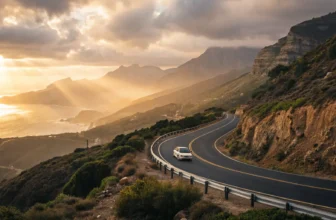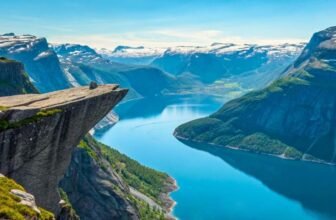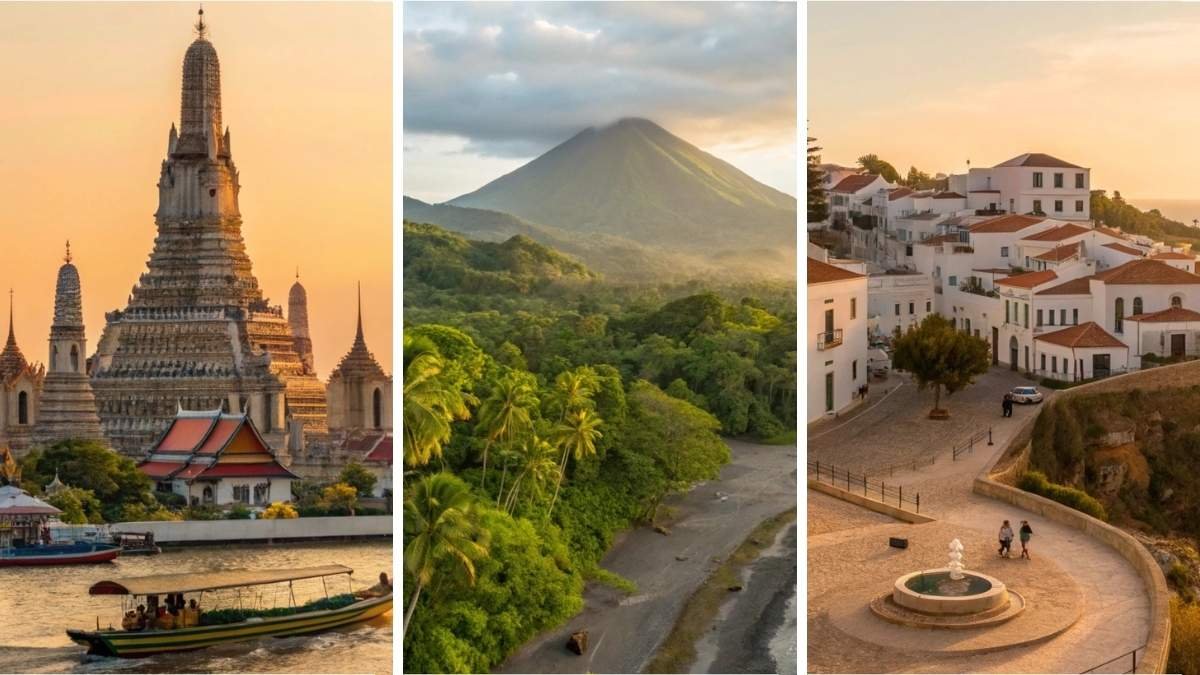
What if becoming older was becoming looser — older & healthier and freer than anything that counts to be real. Longevity villages are these new places around the world that are turning retirement on its head, incubating vibrant communities where getting older is the start of the second act rather than slow decay.
High priority residence for Americans, gorgeous natural settings, walkable neighborhoods, and pre-fab wellness? Yes, please. These aren’t escape plans—they’re invitations to thrive.
If you’ve ever dreamed of trading stress for serenity, or routine for renewal, this list is your starting point. Because the best years of your life shouldn’t be behind you—they should be waiting for you abroad.
1. Portugal

Portugal has become a shining example of how to gracefully age in place, with sunshine, seaside towns, and smart urban planning. Its ‘longevity village’ pilot projects are focused around the Algarve and Silver Coast regions, where walkability, fresh food, and preventative healthcare take center stage. These aren’t sterile retirement compounds—they’re lively neighborhoods with intergenerational living, farmer’s markets, and community events that keep minds and bodies active.
Americans get a fast track through the D7 passive income visa, which doesn’t require huge bank balances—just proof you can support yourself (around $9,000/year for individuals). That visa is especially attractive for retirees with fixed incomes, and Portugal’s public healthcare system is accessible to residents after registration. Bonus? Many longevity villages are tied into universities and wellness institutes, offering free or low-cost classes, fitness programs, and even yoga with ocean views.
Safety is serious as well — Portugal is also one of the safest countries in the world to grow old with peace of mind. Take a walk through Lisbon or Coimbra, you will understand how unconsciously Portugal brings the best of modern infrastructure with centuries-old soul — wide pavements, ramps, benches under olive trees, and fitness parks for free on every corner.
Quick Facts:
- Best Months to Visit: April–June, September–October (mild, sunny, fewer tourists)
- Residency Path for Americans: D7 Visa, Golden Visa (retiring, investing, or remote income)
- Language: Portuguese (English widely spoken in longevity zones)
- Healthcare: Public and private; very affordable and high quality
- Average Monthly Budget for Expats: $1,500–$2,200
- Longevity Village Hotspots: Lagos, Tavira, Cascais, Nazaré
2. Costa Rica

Nicoyan Peninsula (Costa Rica) is one of the 5 blue zones on earth, where people live to 100 with vitality — and it isn’t happening by accident. The Costa Rican government is taking this next step and is now exploring longevity communities – remote, well-developed places that offer a community-based infrastructure for wellness, affordable housing, and health care. The areas were conceived for the virtues of natural movement, socialism, and lifelong learning — all pillars of successful aging.
Americans get priority consideration through the Pensionado visa, which only requires a monthly retirement income of around $1,000. Once in, residents can access the public healthcare system (Caja), which covers doctor visits, prescriptions, and even dental care. It’s not luxury healthcare, but it’s highly functional, preventive-focused, and cheap. Combine that with clean water, fresh air, and outdoor-friendly living, and you’ve got a formula that extends both your lifespan and your joy-span.
The vibe here is friendly and low-key. Expect neighbors who invite you for coffee grown in their backyard, farmers’ markets full of anti-inflammatory tropical fruits, and gentle jungle hikes where you might spot a sloth. It’s not just long life—it’s good living.
Quick Facts:
- Best Months to Visit: December–April (dry season)
- Residency Path for Americans: Pensionado (Retiree Visa), Rentista (investment-based)
- Language: Spanish (expat-heavy areas often bilingual)
- Healthcare: Public (Caja) + Private combo; very affordable
- Average Monthly Budget for Expats: $1,200–$2,000
- Longevity Village Hotspots: Nicoya, Atenas, Grecia, Tamarindo
3. Thailand
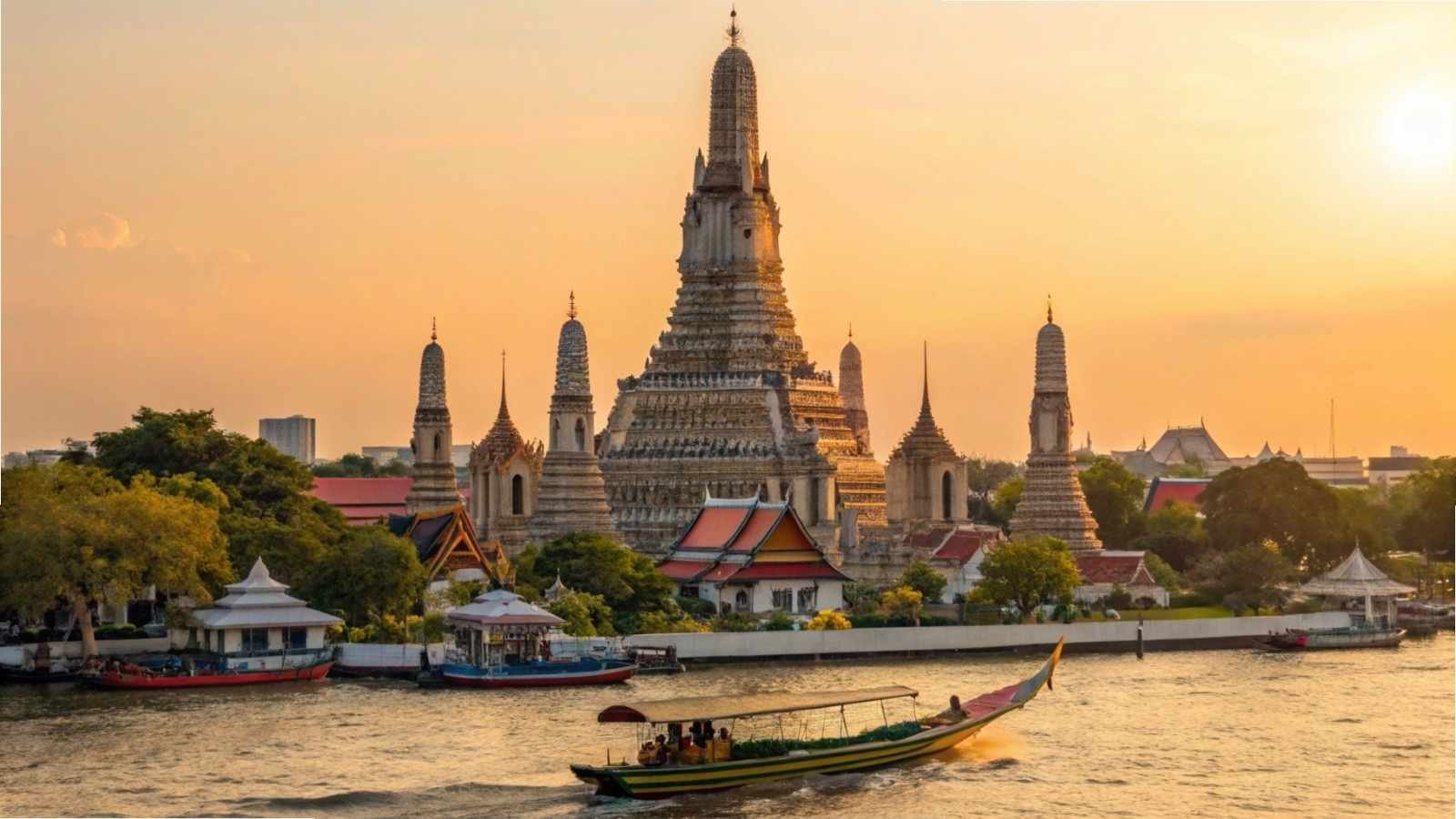
In Chiang Mai, Krabi, and near Bangkok in Thailand, are launching the country’s first “wellness retirement communities” tailored to foreign buyers seeking affordable, integrative care as well. The villages are based on Eastern medicine and fitness with diet, brain (and often wrap around hospitals and universities). The here and now is modern high-rise apartments where you do your Tai Chi every day, delivery is organic food, and concierge-level health care in the famed Thai hospitality.
Americans are eligible for the Thailand Retirement Visa (O-A or O-X), with fast-track processing for those 50+. Requirements include proof of income or a bank deposit, and once you’re in, you can access top-tier private hospitals for a fraction of U.S. prices. Some longevity villages offer bundled health plans, including annual checkups, on-call nurses, and wellness coaching.
Chiang Mai in particular feels like a gentle hug—surrounded by green mountains, full of art and culture, and walkable with a welcoming expat scene. Many longevity villages also offer intergenerational housing, so you don’t feel isolated as you age. Add in healthy Thai cuisine, meditation centers, and world-class spas, and aging here starts to sound like a wellness retreat.
Quick Facts:
- Best Months to Visit: November–February (cool, dry, comfortable)
- Residency Path for Americans: Retirement Visa (O-A/O-X), Elite Visa
- Language: Thai (English common in health/expat zones)
- Healthcare: High-quality private care; extremely affordable
- Average Monthly Budget for Expats: $1,000–$1,800
- Longevity Village Hotspots: Chiang Mai, Hua Hin, Pattaya outskirts
4. Panama

Panama combines modern infrastructure with a tropical climate, and it’s investing heavily in smart retirement communities with built-in healthcare and social support systems. These longevity villages are being planned near Boquete, Coronado, and Panama City suburbs, where mild temperatures, walkable layouts, and preventive health clinics are already drawing global retirees.
One of Panama’s biggest perks is the Pensionado Program, arguably the best retirement visa in the world. Americans with a monthly pension (as low as $1,000) qualify and get massive discounts on everything from prescription meds to airline tickets and doctor visits. Plus, the public and private healthcare systems are well-integrated, and U.S.-trained doctors are common.
Panama’s proximity to the U.S. is another win—only a 3–5 hour flight from major cities. The country runs on the U.S. dollar, so there’s no conversion hassle, and its expat communities are well-developed, meaning support systems, social clubs, and bilingual services are easy to access. Retirement here feels like real life, just with fewer stressors and more time to breathe.
Quick Facts:
- Best Months to Visit: December–April (dry season)
- Residency Path for Americans: Pensionado Visa (retirees), Friendly Nations Visa
- Language: Spanish (many services bilingual)
- Healthcare: High-quality, with modern hospitals in cities
- Average Monthly Budget for Expats: $1,200–$2,000
- Longevity Village Hotspots: Boquete, Coronado, El Valle de Antón
5. Uruguay
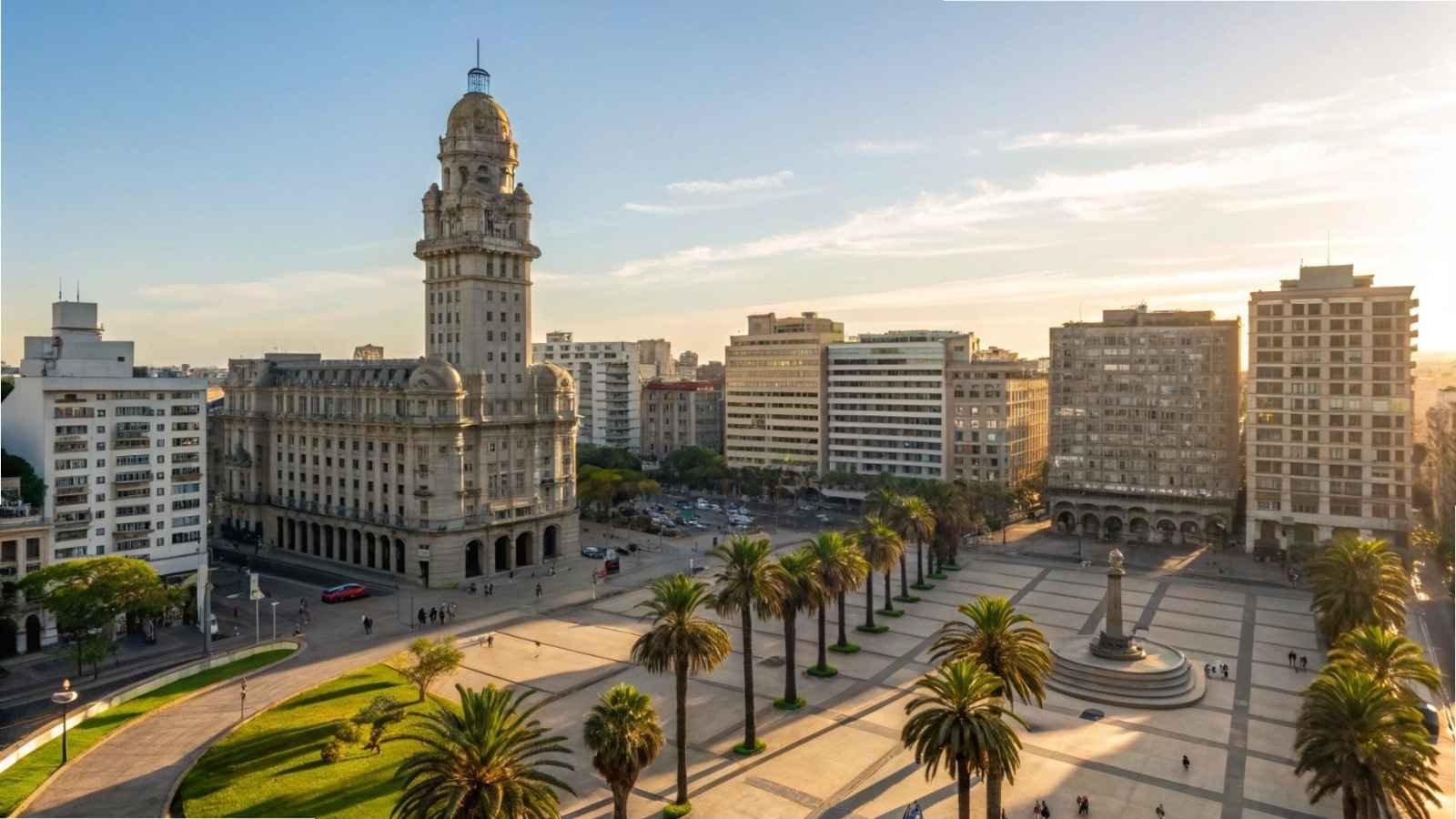
Uruguay is crafting small-scale longevity zones in coastal and rural towns where clean air, walkability, and universal healthcare form the core. It doesn’t market itself as aggressively as other retirement havens—but that’s part of its charm. The government has quietly supported “active aging” models, funding community health centers, bike paths, and nature-rich housing developments specifically for older adults.
Americans get a surprisingly straightforward residency process. There’s no age requirement—just show income (retirement or otherwise) and apply through immigration, often processed in under a year. Once you’re a resident, you’re in one of the only countries in the Americas with truly universal healthcare, public or private, and no one’s turned away.
Uruguay ranks very high in terms of safety, personal freedoms, and low corruption, which allows one to live there in the long term without too much stress. It has an unusual balance of elegance and simplicity, due to its slower pace of life, well-functioning democratic institutions prevalent all across the country, and European cities like Montevideo, Punta del Este, etc. This is where you just age properly… with a breeze off the surf.
Quick Facts:
- Best Months to Visit: November–March (warm season)
- Residency Path for Americans: Income-based permanent residency
- Language: Spanish
- Healthcare: Universal access, affordable, and transparent
- Average Monthly Budget for Expats: $1,500–$2,200
- Longevity Village Hotspots: Montevideo outskirts, Atlántida, Punta del Este
6. Malaysia
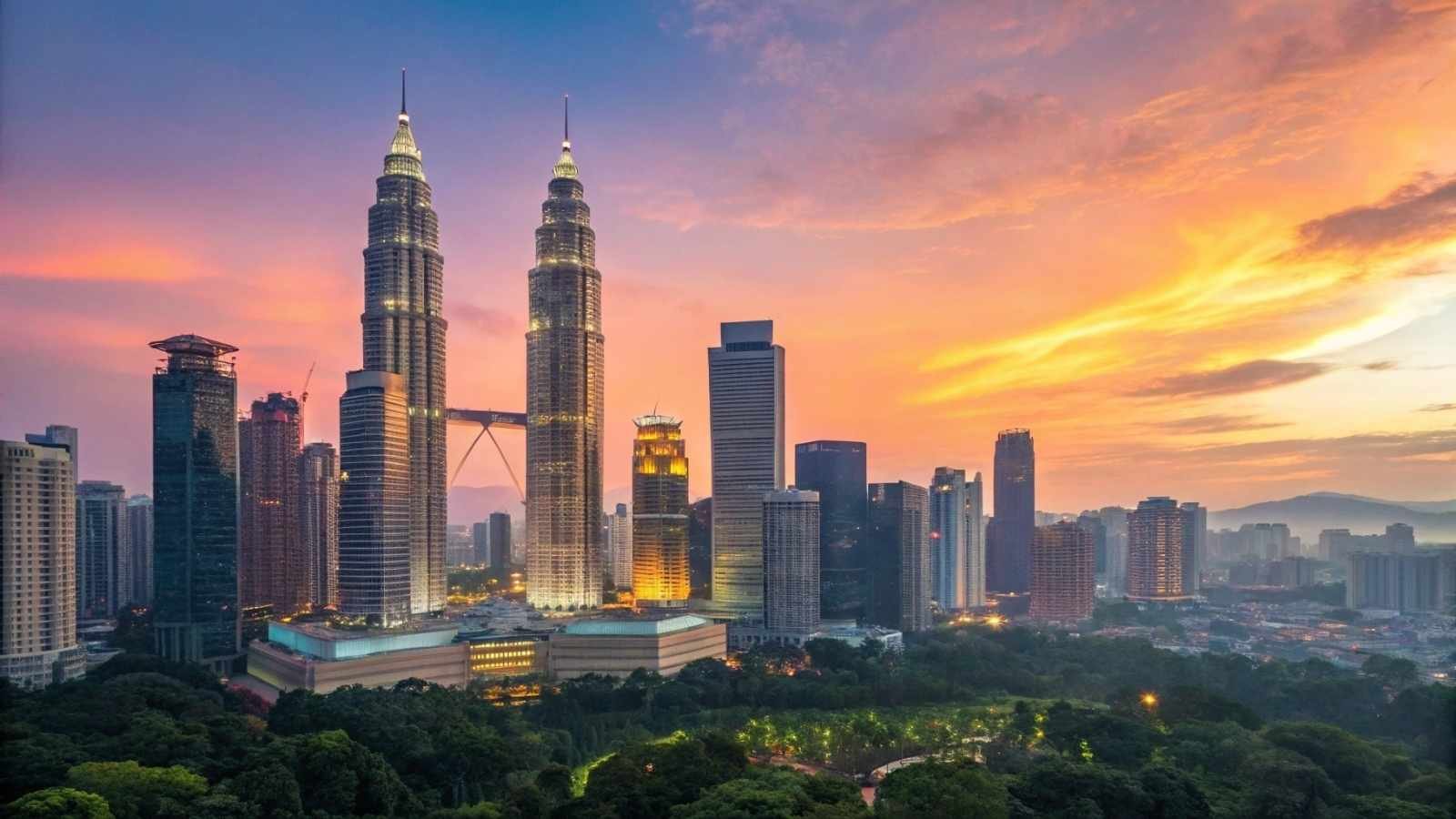
If you think about someone who ages well, Malaysia might not be at the forefront of your mind…. but it will be soon! In this small but shiny gem of Southeast Asia, it has grown into a medical and wellness mecca, with the new longevity villages of Penang, Johor Bahru, and the Cameron Highlands. Fraternities feeding vibes mix an atmosphere (clean air, green urbanism, social wellness programs) and, more importantly, great English-speaking, world-class health care that’s a fraction of what you pay back in the U.S.
For Americans over 50, the Malaysia My Second Home (MM2H) visa provides a long-stay option with relatively low income and savings requirements, especially under the revised state-level programs. Many longevity-focused developments now offer on-site healthcare, anti-aging clinics, mental wellness centers, and even dietary coaching tailored to senior lifestyles.
Malaysia is special in its mixture of cultures— Malay, Chinese, Indian (food), which means a variety of food, festivals, and social engagement opportunities. It’s where the rubber meets the road. You are not just retiring, you are tuning into a pulsing and dynamic multi-culture beat that challenges your brain and provides every sense with all the stimulation. Add year-round tropical weather, beach access, and mountains within a drive, and you’ve got a recipe for balanced, stimulating longevity.
Quick Facts:
- Best Months to Visit: December–March (dry season on the west coast)
- Residency Path for Americans: MM2H (Malaysia My Second Home)
- Language: Malay (English widely spoken, especially in healthcare)
- Healthcare: Excellent and affordable; medical tourism hub
- Average Monthly Budget for Expats: $1,200–$1,800
- Longevity Village Hotspots: Penang, Ipoh, Cameron Highlands
7. Ecuador
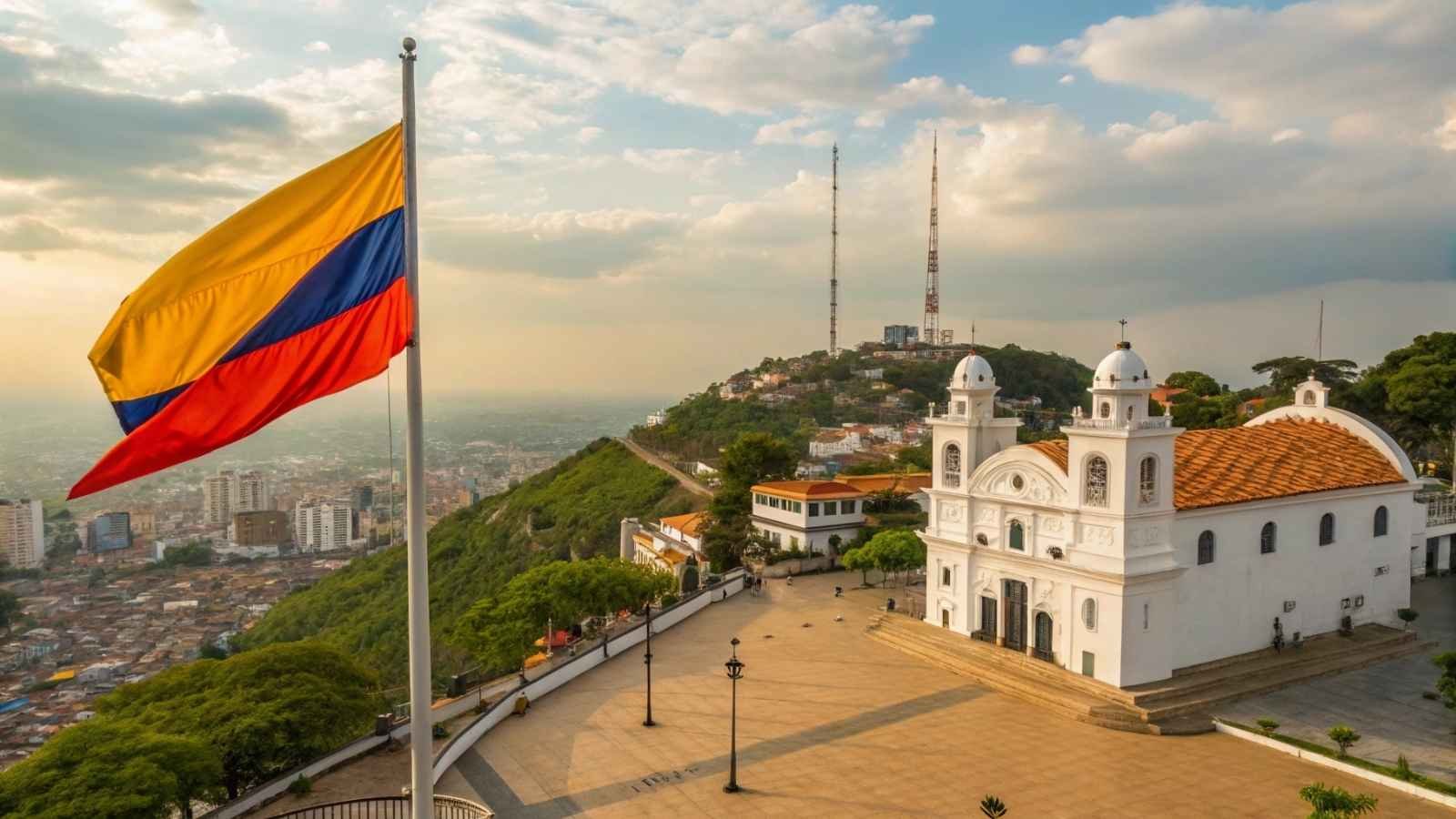
Tucked between the Andes and the Pacific, Ecuador is quietly becoming a haven for healthy, high-altitude living. The cities of Cuenca, Loja, and Vilcabamba have already earned a reputation for long-lived residents, and the government has begun incentivizing retirement-oriented housing projects with walkability, wellness infrastructure, and integrated clinics.
Americans are especially welcome. The Ecuador retirement visa is one of the easiest in the region: show proof of a modest pension (around $800/month), and you’re in. Once you have residency, you’re entitled to deep discounts on public services, including flights, utilities, and transportation. Many longevity villages include community gardens, thermal baths, and yoga platforms with mountain views—designed to nurture mind and body in equal measure.
Ecuador also punches above its weight when it comes to natural healing traditions, with access to herbal medicine, Andean therapies, and alternative practitioners. Life moves slowly here—but that’s the point. You spend less time in traffic and more time on your porch, watching hummingbirds sip nectar while you sip herbal tea. Not a bad way to grow old.
Quick Facts:
- Best Months to Visit: June–September (dry season in the highlands)
- Residency Path for Americans: Retirement Visa (pension income required)
- Language: Spanish (expat communities often bilingual)
- Healthcare: Public and private options; very affordable
- Average Monthly Budget for Expats: $1,000–$1,500
- Longevity Village Hotspots: Cuenca, Vilcabamba, Cotacachi
8. Spain
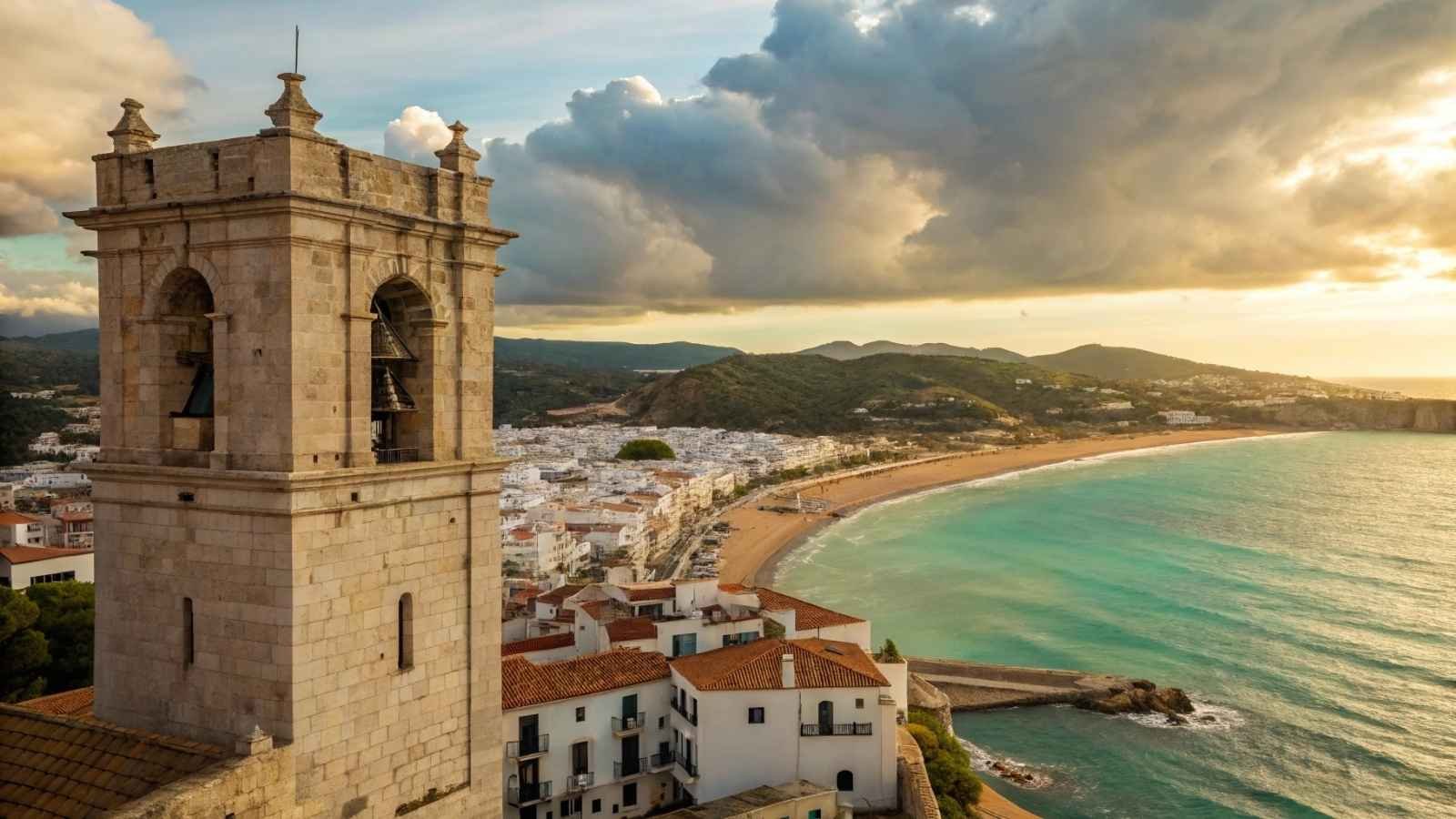
Spain is leaning into the longevity lifestyle with ‘smart aging’ zones popping up along its Mediterranean coast and Basque Country. These aren’t gated retirement compounds—they’re vibrant, mixed-age eco-villages built around walkability, public transit, Mediterranean diets, and universal healthcare. Spain already has one of the highest life expectancies in the world, and their longevity zones aim to replicate that lifestyle for residents from abroad.
While Spain doesn’t have a retirement visa per se, its Non-Lucrative Visa (NLV) offers Americans a path to long-stay residency, especially for retirees with independent income. Once you’re in, you gain access to the public healthcare system, which is often ranked among the best globally, and it’s virtually free for residents. Many longevity villages are even integrating university partnerships to support active aging with community lectures, fitness classes, and tech training.
And then there is the lifestyle — siestas, long lunches, wine in moderation, and daily strolls along the beach. Spanish culture will very naturally push toward that kind of slow connected living that sets up for physical as well as emotional health. Aging here doesn’t feel like winding down—it feels like living on your terms, with style.
Quick Facts:
- Best Months to Visit: April–June, September–October (sunny but not scorching)
- Residency Path for Americans: Non-Lucrative Visa (NLV), Golden Visa
- Language: Spanish (English common in expat areas and clinics)
- Healthcare: Universal coverage; high-quality public system
- Average Monthly Budget for Expats: $1,800–$2,500
- Longevity Village Hotspots: Valencia, Bilbao, Málaga, Almería



